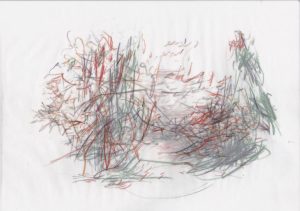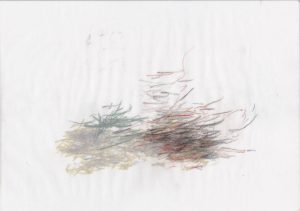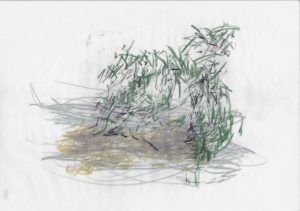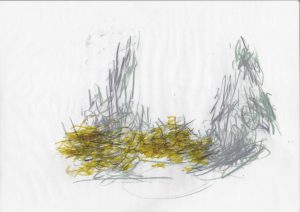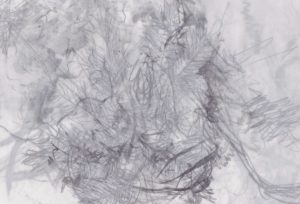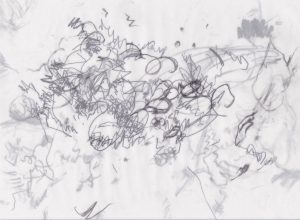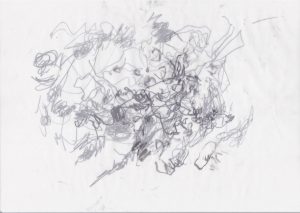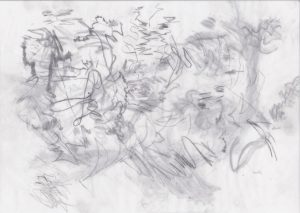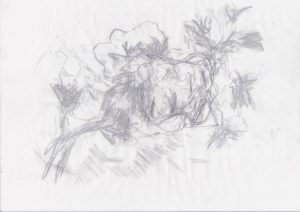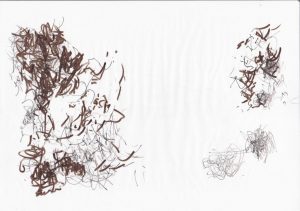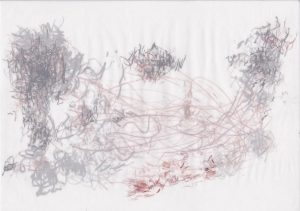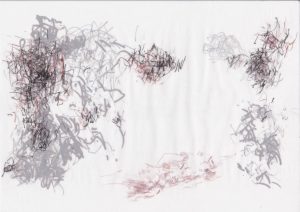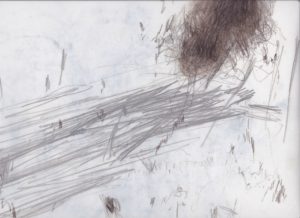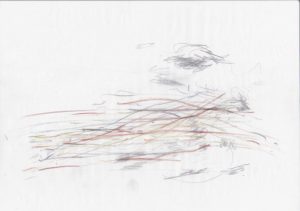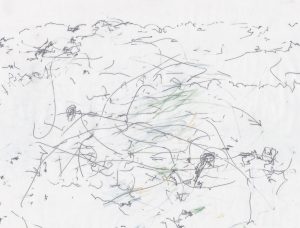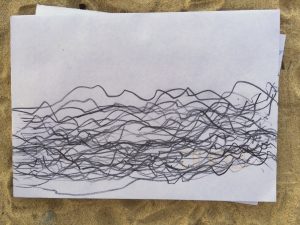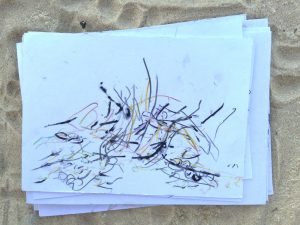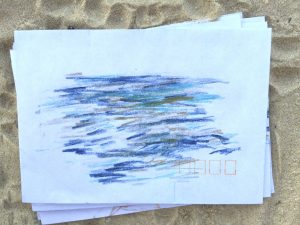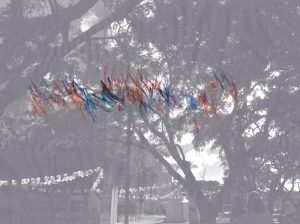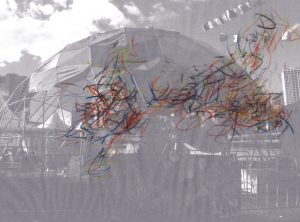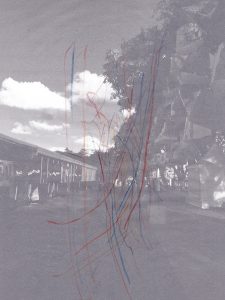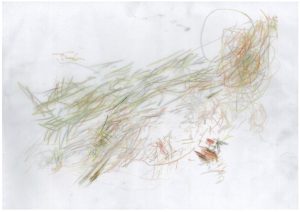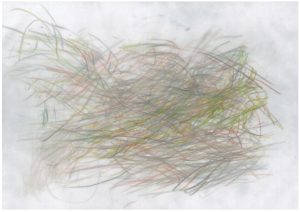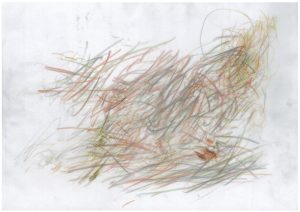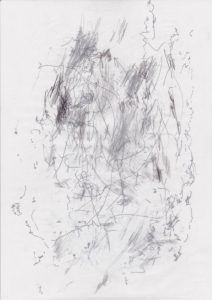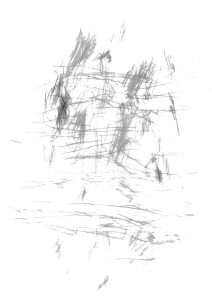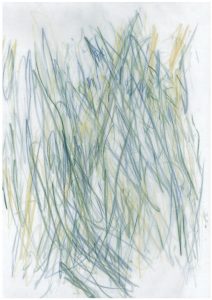I took my last walk for this residency project at a local reservoir. The cool sunny day made the spot extremely popular with runners, families and walking groups, dashing any hope of a quiet walk. The dusty path hugs the periphery of the reservoir. It has been created by the local council and skirts along the edge of the water holding back the young gangly gum trees and creeping vines. The path is constructed to provide an easy stroll for visitors however on busy days like this walking becomes stuttered, a series of quick darts and skips to let puffing runners go through or to concede the right to pass to chatting families. The dust rises and makes its way up the nostrils, the pollen of the yellow, overhanging wattle blossoms also finds its way in. My nose is really tingling as I continue to stop for the oncoming traffic. The sun is getting high and I regret my choice of wearing sweat pants as I walk on.
The sun starts to flicker through the gum saplings, and even though my pace is slow I am bombarded with bright, frantic dashes of light, hitting the edge of my sunglasses and adding to my disorientation. My walk becomes less of a walk in the bush but a walk in particles, motes, light and shadow; a walk of jerking muscles and social negotiations, of emotions, temperatures and moistures.
This walk of flickering movements, sensations, affects and materialities offers the perfect conclusion to my project.
